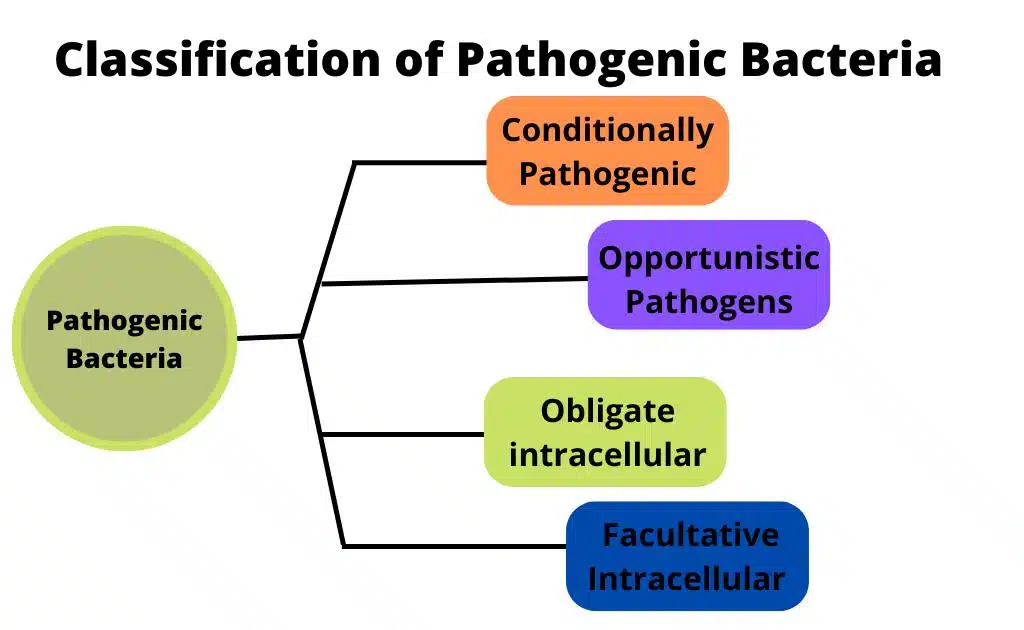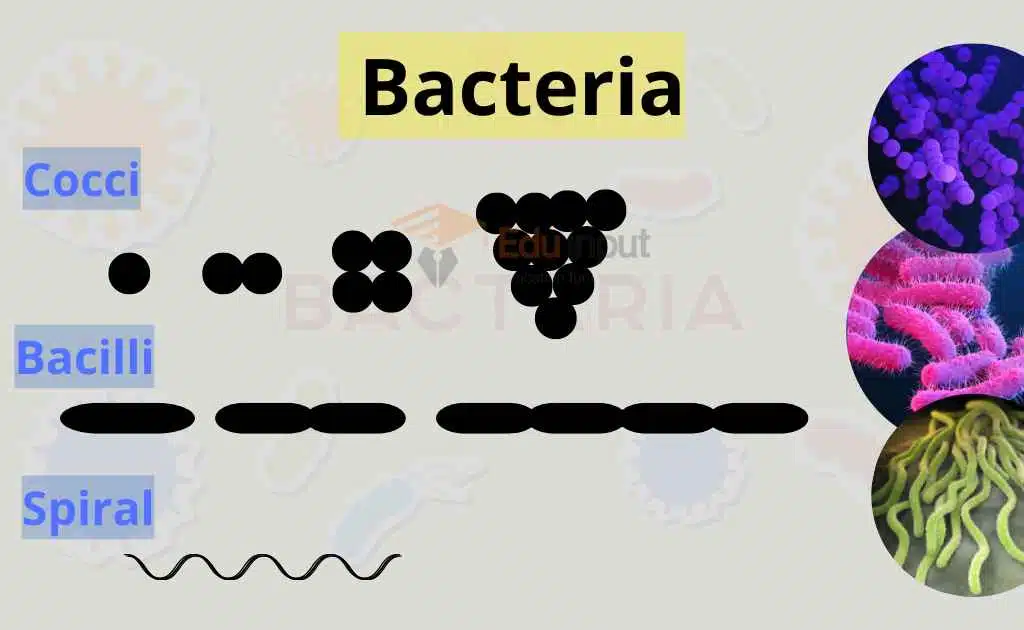Aerobic Bacteria-Definition, Types, Examples, and Ecological Importance
Aerobic bacteria, or aerobes, are organisms that require oxygen for growth and survival. Aerobes use oxygen as a terminal electron acceptor during cellular respiration to produce energy in the form of ATP.
Aerobic respiration pathways like the Krebs cycle and oxidative phosphorylation allow aerobes to derive energy from the oxidation of nutrients. The Krebs cycle is a key metabolic pathway that generates ATP through a series of chemical reactions.
In contrast, anaerobic bacteria do not need oxygen. Anaerobes produce energy through fermentation or anaerobic respiration using other final electron acceptors like nitrate or sulfate.
Aerobic bacteria like Bacillus cereus cannot survive without oxygen, while anaerobic bacteria like Clostridium botulinum grow best without oxygen. The defining difference is the aerobes’ requirement for molecular oxygen to support their respiratory metabolism.
Types of Aerobic Bacteria
Here is an overview of the four types of aerobic bacteria:
Obligate Aerobes
Obligate aerobes require oxygen to survive. They cannot grow without it. Examples are Bacillus, Mycobacterium, and Pseudomonas. Obligate aerobes use oxygen for energy production through aerobic respiration. They have enzymes like catalase and superoxide dismutase that counteract oxygen’s toxic effects.
Examples
- Bacillus subtilis (found in soil, gastrointestinal tract)
- Pseudomonas aeruginosa (opportunistic pathogen)
- Mycobacterium tuberculosis (causes tuberculosis)
Facultative Aerobes
Facultative aerobes can utilize oxygen but also have anaerobic pathways for energy production. They can survive with or without oxygen. An example is Enterobacteriaceae. Facultative aerobes have the metabolic flexibility to use oxygen if present but switch to fermentation or anaerobic respiration if not.
Examples
- Escherichia coli (common gut bacterium)
- Staphylococcus aureus (causes staph infections)
- Enterobacter aerogenes (found in human GI tract)
Microaerophiles
Microaerophiles need only a small amount of oxygen for growth. Higher oxygen levels are toxic to them. Examples are Helicobacter and Campylobacter. Microaerophiles generate energy primarily through fermentation instead of aerobic respiration since they lack key respiratory enzymes.
Examples
- Helicobacter pylori (stomach pathogen)
- Campylobacter jejuni (leading bacterial cause of gastroenteritis)
- Haemophilus influenzae (causes respiratory illnesses)
Aerotolerant Aerobes
Aerotolerant aerobes are unaffected by oxygen but do not use it for energy metabolism. Examples are Lactobacilli and Streptococci. Aerotolerants lack respiratory enzymes like catalase. They produce energy through fermentation even in the presence of oxygen.
Examples
- Streptococcus mutans (contributes to tooth decay)
- Lactobacillus casei (used in dairy fermentation)
- Clostridium perfringens (causes food poisoning)
Ecological Role of Aerobic Bacteria
Here are some key ecological roles of aerobic bacteria:
- Decompose organic matter – Aerobes rapidly break down dead organic material through aerobic respiration, accelerating nutrient cycling. This decomposition occurs in forests, compost heaps, and soil.
- Purify water – Aerobic bacteria metabolize and degrade pollutants in wastewater treatment plants, using oxygen to break down contaminants. This helps clean and purify water.
- Maintain soil health – Aerobes in soil consume oxygen and degrade/mineralize nutrients tied up in organic matter, making nutrients available to plants. Example genera: Aerobacter, Actinomycetes, Streptomyces.
- Cause disease – Some pathogenic bacteria are aerobes, like Mycobacterium tuberculosis which causes tuberculosis. Escherichia coli and Leptospira cause diarrheal and respiratory illnesses. Bacillus anthracis causes anthrax.
- Produce antibiotics – Many aerobic soil bacteria generate antibiotics, like Streptomyces which produce streptomycin. These compounds fight bacterial infections.
- Generate oxygen – Cyanobacteria are aerobic bacteria that conduct oxygenic photosynthesis, generating oxygen. This oxygenated the ancient atmosphere.
- Aid food production – Aerobic fermentation by acetic acid bacteria produces vinegar for food production. Other aerobes are used in fermented foods.
- Research models – Aerobic species like E. coli are key model organisms for studying genetics, metabolism, and gene regulation. Drive basic research.







Leave a Reply